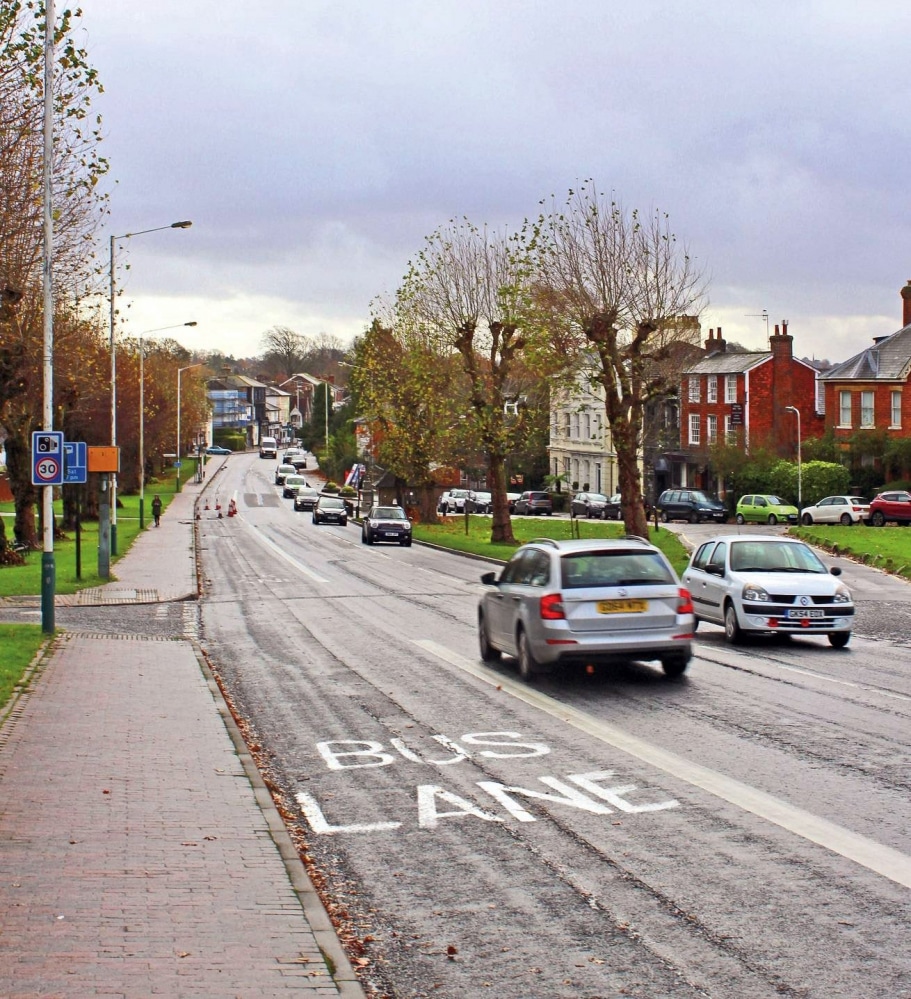Tunbridge Wells Borough Council [TWBC] has now made a last-ditch attempt to get the cash for a new cycle lane initiative.
It all started when the Government’s Local Growth Fund was given more than a billion pounds to distribute to local authorities.
Some of it was handed to the South East Local Enterprise Partnership [SELEP] back in 2014 and they considered applications for local authorities for funding.
Kent County Council [KCC] was part of this process and was used to channel £1.4million to Tunbridge Wells for a new roundabout at the junction of Speldhurst Road and Yew Tree Road.
But KCC later deemed the roundabout unworkable and instead created an enhanced traffic light scheme, which meant there was £623,000 left over.
This money, which can only be spent on transport initiatives, has been held by KCC ever since, with County Hall refusing to hand it over despite TWBC coming up with a number of transport initiatives in the borough that it could be spent on.
These included a number of improved cycle routes, including a new route from Paddock Wood to Tunbridge Wells, and a route linking Five Oak Green and the A26, which were rejected by KCC.
One final scheme has now been submitted, which, if approved, will see the current A26 cycle lane extended from Southborough Common to Mabledon – just before the junction with the A21 in Tonbridge.
The cycle lane project, which would be delivered in September, would mean the A26 carriageway – which is a main thoroughfare from Tunbridge Wells to Tonbridge – would be narrowed.
Cyclists travelling in both directions would then use two designated lanes on the right-hand side of the road heading out of town.
Councillors at Tunbridge Wells have now been told that if this final scheme is rejected by KCC this week, this money will be lost and sent back to SELEP.
David Candlin, Head of Economic Development & Property at TWBC, told this month’s Overview and Scrutiny Committee the plan has been sent to KCC and a decision was due on Friday July 2.
The Lib Dem, whose party raised the issue at the committee, says KCC is going against the national policy of supporting active travel schemes.
“There seems to be a disconnect between TWBC, which is supportive of national polic,y and KCC, which after seven years is sending £632,000 back.”
Kent County Council were approached for comment but did not to respond.
What is SELEP?
The South East Local Enterprise Partnership [SELEP] is one of 38 such groups in the country.
Set up in 2011 by the Department for Business, Innovation and Skills, these enterprise partnerships are designed to help determine economic priorities as well as lead growth and job creation within local areas.
Certain funds from central government are handed to LEPs for distribution, including the £1.4billion annual Local Growth Fund that Councils can receive by bidding for it.
SELEP is the largest Local Enterprise Partnership (LEP) area in England outside London, in terms of population and economic output, and covers an area encompassing the local authority areas of East Sussex, Essek, Kent, Medway, Southend and Thurrock.
It is headed by a Strategic Board that consists of Chairman Christian Brodie, the former head of the Student Loans Company. Other members include council representatives, including KCC Leader Roger Gough, as well as business leaders such as Jo James– the head of Kent Invicta Chamber of Commerce.








